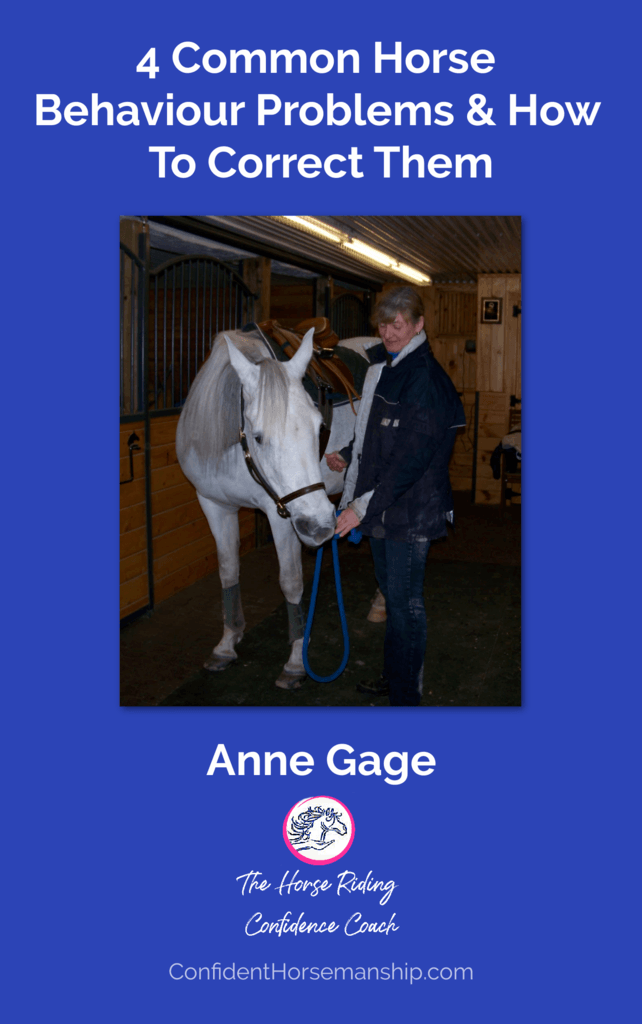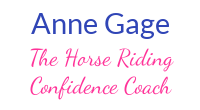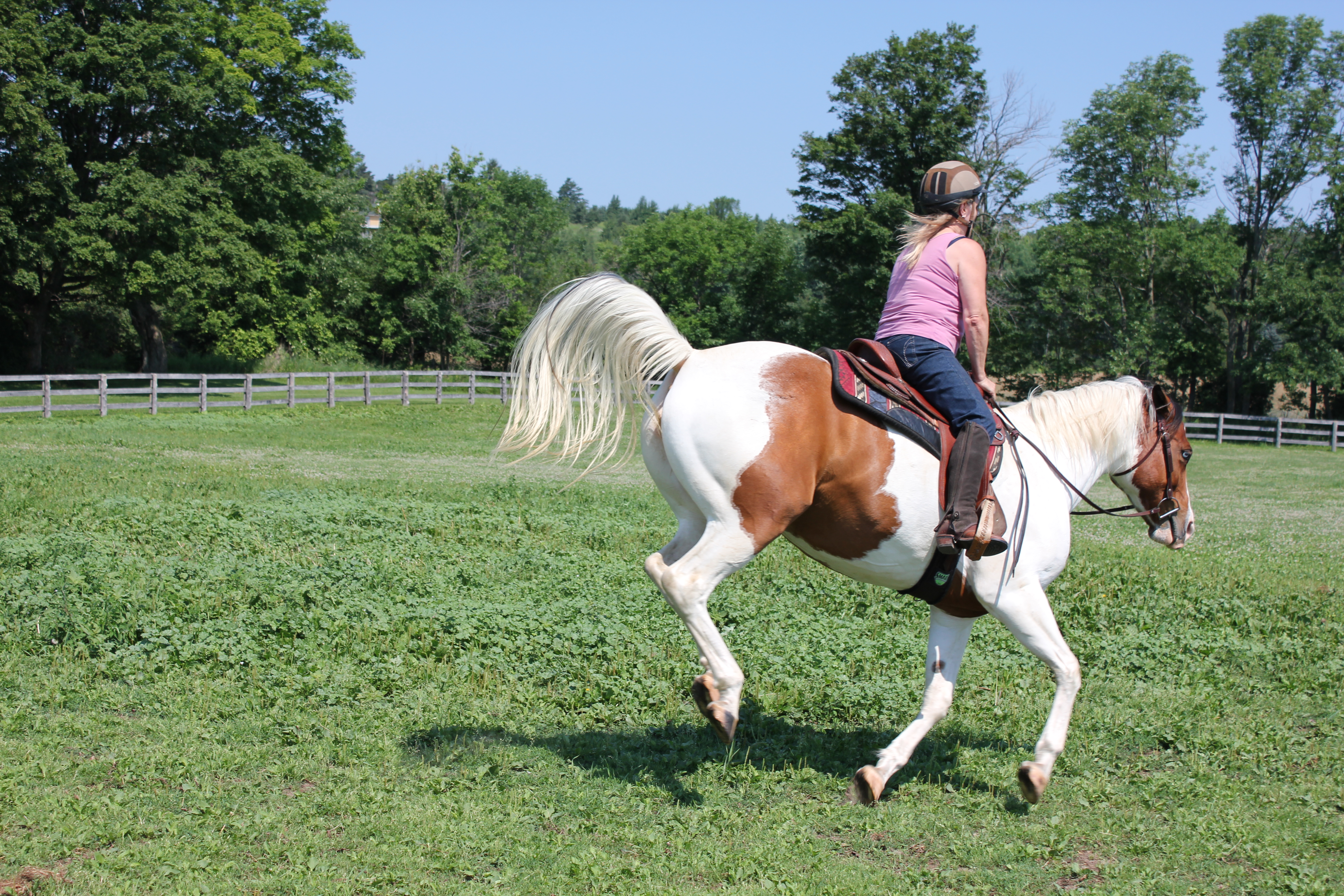It's no secret that riding a horse that bucks when he canters is an unsettling, if not downright frightening, experience. And, it can lead to a vicious cycle of tension for both you and your horse.
A cycle where both of you get anxious at the thought of picking up a canter.
A Case Study of A Horse Bucking In the Canter
A woman brought her gelding to one of my Confident Horsemanship clinics because he was bucking in the canter.
People come to my horsemanship clinics for all sorts of reasons - building their own confidence, improving their riding or groundwork skills, or resolving a specific unwanted behaviour or training problem with their horses.
Some people come looking for a quick fix. Like this woman with the bucking problem. Fair enough.
As you can imagine, sometimes, the problem can't be fixed in just one session. At best, we can find the cause and get on the path to creating positive change pretty quickly.
The reality is that to resolve the cause of the behaviour often means we have to go right back to basics – to build a more solid foundation. In the time frame of a clinic, I can always show the person the "why" of the problem (what's causing it) and the "how" (the steps they need to take to change it).
At the minimum, we'll make some small change at the clinic. But, the student will need to keep practicing those steps after the clinic to get the big change they're looking for.
Why Was This Horse Bucking In Canter?
Lets get back to this woman and her 8 year old paint gelding who bucked when cantered. Before coming to my clinic, the owner had taken him to 3 different trainers trying to fix this behaviour. All without success.
The way I see it, they had probably been focusing on the symptom - the bucking - without discovering the cause. The result? No change.
Lets consider some of the situations that can cause a horse to buck when cantering:
- ill fitting tack or another source of pain
- the rider's imbalance, crookedness or tension
- the horse's imbalanced, crookedness or tension
Diagnosing the Cause of the Behaviour
When I assess a horse and try to determine the cause of a training or behavioural issue, I always start with ground work. With this horse, because we only had one session and the problem was bucking in the canter, I started by lunging him so I could see how he carried himself.
When I assess the horse to diagnose a training problem, I look for:
#1. How Relaxed or Stressed Is The Horse?
The horse’s level of relaxation or stress can be seen in how he moves and where his focus is. In this case, I started the assessment by lunging the horse.
He was very stressed and anxious. As soon as I sent him out to lunge, he immediately started running around in a very fast trot. The owner confirmed that this is how he went under saddle, as well.
It took several minutes to get him focused on me - while working to bring his stress level down.
A few more minutes and he was walking on the lunge and then trotting very nicely only when I asked him to. I asked his owner how she would feel about riding that trot. You won't be surprised that her response was that she would love it.
#2. How Balanced is the Horse?
For the horse to canter well, he needs to be balanced and in true bend. When I asked this horse to canter he picked up the wrong lead and then became dis-united (his front legs were on one lead and his hind legs were on another).
Both of these behaviours were clear signs that the gelding was off balance and bending the wrong way. He was counter bent which means that he was bent in the opposite direction.
For example, while on the left rein, he had a right bend. If this counter bending happens with a rider on board, the horse's balance is compromised even more when the rider is focused on going to the left. Her body is turned for a left bend while the horse is in a right bend.

The end result is that rider and horse are working against each other, and both horse and rider are off balance and tense.
#3. How Well Does the Horse Bend?
When you’re riding from your seat and legs, the bend cue comes from your lower leg (or, on a really tuned in horse from your seat).
To assess how well this gelding gave to the bending cue, I stood just behind his shoulder and pushed gently on his barrel where the rider’s leg goes. Instead of giving to that pressure, the horse braced against it. Whatever you get from the ground is what you’ll get from the saddle.
With the muscles in his neck, back and barrel all bracing against the rider, as well as being either straight or in counter bend when being ridden, there is no way this horse could pick up a relaxed canter.

There was no quick fix to resolving this horse’s behaviour of bucking in the canter. It required going back to basics with groundwork and riding to help him relax, balance and bend softly from the rider’s leg aid.
He needed to consistently, first when lunged and then when ridden, be:
- relaxed, balanced and supple at walk and trot
- able to make relaxed transitions between walk and trot
But until he was successful with those 2 areas, he would not be asked for canter transitions. And when he was ready for the canter, the focus would remain on him being relaxed, balanced and supple.
The truth is that your horse can only perform at his best and be the partner you dream of when he is calm, confident and connected with his rider. And, that comes from helping him to be relaxed, balanced and tension free.
Do You Want To Learn How To Solve 4 Common Horse Training Problems?
Download my FREE Guide to Help You and Your Horse Be Calm, Confident and Connected



